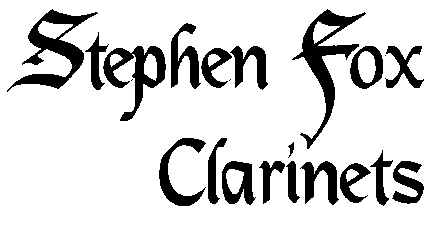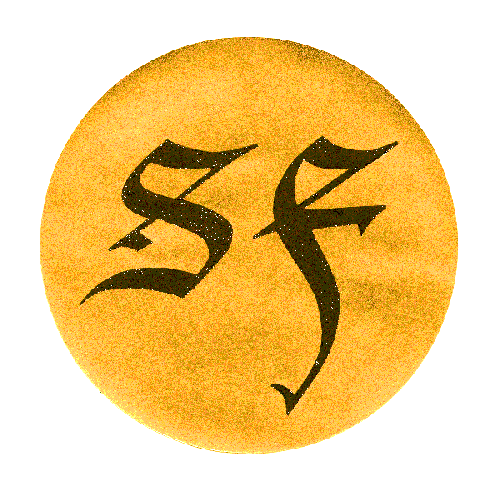 |
 |
||||||||
| home
reproduction
historical woodwinds
|
For background information on the tárogató, see the article on this site. This model is based on the best examples of original Hungarian designs. The body material can be either a lighter wood such as maple or pear, suitably stained and sealed (as is traditional), or more exotic woods such as cocobolo. Various keywork options are available, but most purchasers will choose either the "simple" (Schunda) model - single octave key, no left hand rings - or the "full" (Stowasser) system - double octave key, left hand rings, fork F resonance key, left hand Eb key, rollers on Eb, C, C#, B keys. It is also possible to arrange the right hand finger holes to give saxophone/Boehm clarinet fingering as opposed to the normal oboe/German clarinet pattern. The double octave mechanism can be either the traditional style (with two thumb touchpieces), or as on the French oboe (controlled by the upper joint of L1). In each case, the mechanism operates on the alternating principle, i.e., the lower octave hole closes when the upper opens, in order to improve the tuning of the second register. (The automatic mechanism, controlled by the L3 ring, is no longer offered because it is not worth the complexity. Note that a fully automatic octave mechanism as on the saxophone is not possible, since the left and first finger would still need to be used to vent second octave D and Eb.) The
mouthpiece normally supplied is a traditional model with a narrow tip,
played with a clarinet reed. This is a copy of an excellent original
Stowasser example, and is manufactured by Ed
Pillinger.
|
